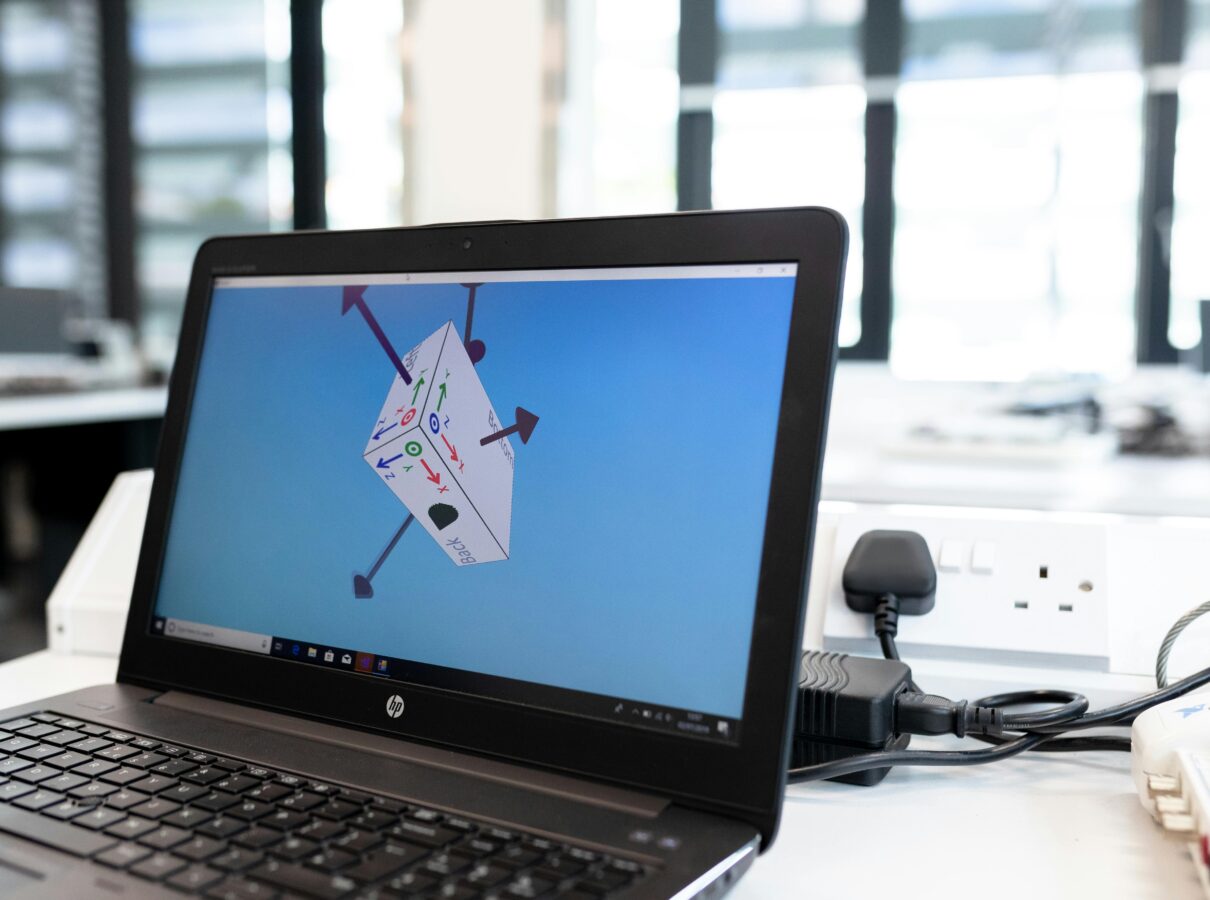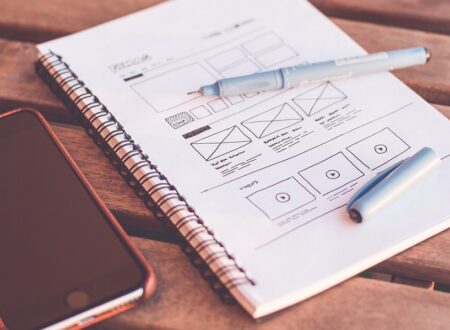Are 3D visuals little more than a passing fad? If you ask experts from various industries, they’d quickly say yes. This is especially true for 3D movies, which were first touted as the future of cinema — only to account for a small fraction of overall ticket sales today. However, that doesn’t mean 3D graphics don’t have actual practical applications. In fact, you can use them to create immersive web experiences — if done properly, of course. With the right approach, a 3D design element can add readability and depth to your website. In the process, it will appear less flat than most competing sites and resonate with your target audience more. So, let’s take a look at some ways of leveraging 3D graphics in web design!
How Does 3D Design Work?
In a sense, 3D design can be whatever you want on your website. Or, rather, it’s an umbrella term for a wide variety of techniques and design choices. Suffice it to say that 3D design involves using 3D animations, models, detail, and shadows to create immersive web experiences. The main point is to drive user engagement. Since 3D visuals are more eye-catching than flat 2D imagery, they have a higher chance of capturing the visitor’s attention.
These days, this is especially crucial for highly competitive eCommerce websites. On such sites, every click and second of engagement counts. 3D graphics not only create a visually appealing experience but also have a significant impact on conversion rates by engaging users and encouraging them to take desired actions.
Even if you’re just going to include small elements like dynamic text and interactive scrolling, don’t miss out on 3D design. It can bring a lot of life to an otherwise flat screen. Of course, you want to use it sparingly to make a specific piece of information or a CTA more visible. The last thing you want is to overwhelm visitors and have them leave your website in frustration.
Bringing Depth to an eCommerce Store
As discussed above, 3D graphics can create small-scale, crucial, immersive web experiences in an eCommerce store. For instance, you can use 3D icons for certain user behaviors to bring more attention to them — and increase the likelihood of users taking action. This is especially crucial for user actions that lead to a conversion on your website.
When you create product categories for your store, consider using stylized 3D icons for each category instead of a generic product image. This will provide a more interesting browsing experience while still communicating the most important information — the types of products you offer.
On the other hand, having a full 360-view of each product is also a great idea. In fact, products with 3D models on Amazon sell far better than those with simple 2D photos. Users trust you more if they can hold a product in their hands — the prime advantage of retail sales. Unfortunately, you can’t have that online, but 3D models are the next best thing. With 3D product models, your store is more trustworthy and professional.
Using Dynamic Images
Depending on what you’re trying to achieve with your website, using dynamic 3D images to tell a story can be useful. In traditional eCommerce stores, users have a lot of leeway in terms of browsing product categories and pages. However, if you’re selling only a few specific items, you may want to create more linear but immersive web experiences. And 3D graphics can help with that. You can create a one-page website with dazzling animations — an increasingly popular design trend nowadays. Sure, 3D splash effects can reduce the performance of your website, especially loading speeds.
But if you optimize your website properly and create a single animated experience, this shouldn’t be an issue. Plus, you’ll be able to control the buyer’s journey tightly, which will actually be their scrolling down your page. For instance, a website for a hot sauce brand can begin with a 3D animation of the various ingredients. As the user scrolls down the page, the ingredients come together in the sauce — ultimately ending with a 3D image of the finished product. Such a solution conveys freshness and dynamism — and it simply guides visitors towards buying the sauce. Sure, this specific solution may not be the right solution for a B2B SaaS website, but the format can be customized to fit any kind of product or service.
AR Experiences
So far, we’ve only discussed how small-scale 3D solutions can improve your immersive web experiences. However, some brands go a step further and make augmented reality a cornerstone of their online marketing. Remember those 3D models that allowed users to view products more realistically in eCommerce stores? Well, investing in augmented reality technology can drastically improve your ROI on 3D models.
For instance, clothing brands can use AR views of clothes to give users a better idea of how something would look on them. One of the main reasons people avoid shopping for clothes online is that they can’t try them out. However, AR views and 3D models can bring your store one step closer to solving the issue.
Forget about clothes and accessories — this is a great solution for stuff like furniture as well. With a simple AR app and 3D product models, your customers will be able to see if that cute couch can really fit in their living room. Besides checking out a product’s dimensions, AR can also help customers see if the aesthetics fit with their current interior design. The applications are practically limitless.
Wrapping Up
There are plenty of ways to leverage 3D graphics for immersive web experiences. From adding depth to typography and icons to creating AR showrooms — the world is your oyster. Your approach will depend on the specifics of your brand and your budget, of course. However, you can be sure that 3D graphics can increase engagement on your website and ultimately drive sales.





